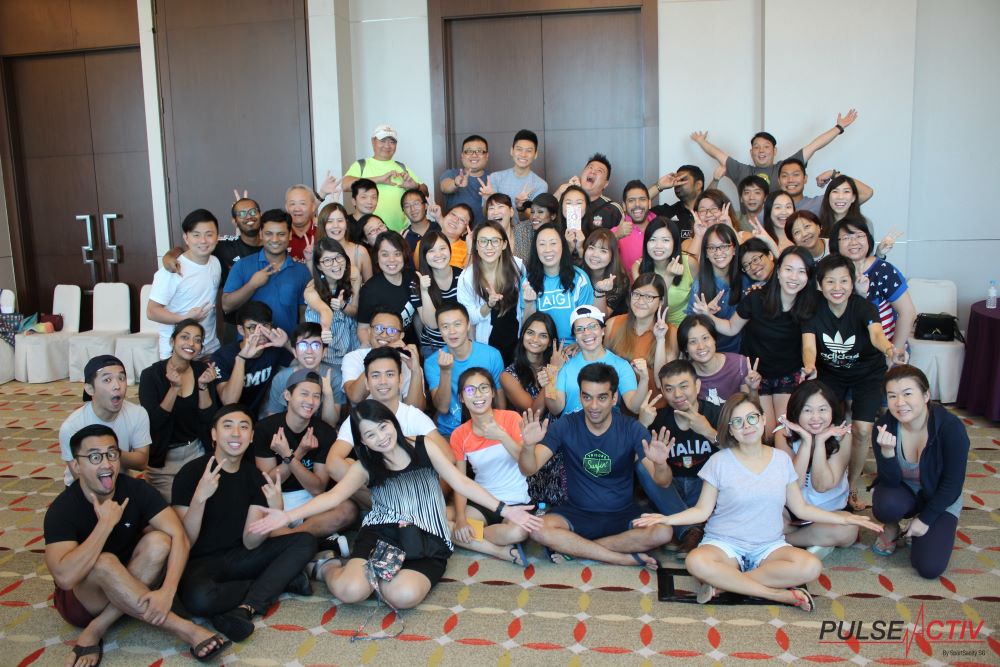What Happens When Team-Building Risks Are Ignored?
When the best practices for team-building events are neglected, activities are poorly planned or executed without consideration, the repercussions can be far-reaching, potentially harming the very relationships and dynamics the event was intended to improve. Instead of fostering camaraderie, these missteps can sow discord, disengagement, and dissatisfaction. Here are some of the most common outcomes of poorly executed team-building efforts and their long-term consequences:
1. Eroded Trust Among Team Members
- Why It Happens:
Team-building activities that exclude certain individuals, involve favoritism, or place people in uncomfortable situations can damage trust. For example, a highly competitive activity might highlight rivalries rather than foster collaboration. - The Impact:
Instead of strengthening relationships, mistrust and resentment can develop. Employees may avoid collaboration or withhold input, fearing judgment or exclusion.
2. Damaged Morale
- Why It Happens:
Poorly planned events—such as those scheduled during personal time, ones that feel irrelevant, or activities that seem superficial—can lead employees to view team-building as a waste of time or a burden. For instance, forcing participation in physically demanding activities may alienate team members who are unable or unwilling to take part. - The Impact:
Rather than boosting morale, these events can demotivate employees. They may feel undervalued, especially if their input on the event was ignored, or if their time is treated as expendable.
3. Increased Workplace Tension
- Why It Happens:
Activities that highlight differences—whether in skills, opinions, or personalities—can unintentionally amplify workplace tensions. For example, competitive games might exacerbate existing rivalries or create new conflicts. - The Impact:
Instead of breaking down barriers, such events can reinforce divisions, leading to cliques, arguments, and a hostile work environment.
4. Alienation of Certain Employees
- Why It Happens:
Ignoring diversity and inclusion during planning can make some employees feel excluded. For instance, hosting a physical activity without considering participants with disabilities or dietary restrictions can leave individuals feeling overlooked or marginalized. - The Impact:
Alienated employees may disengage from their teams entirely. This can lead to decreased productivity, a lack of enthusiasm for team projects, and even higher turnover rates.
5. Decline in Productivity and Engagement
- Why It Happens:
If team-building activities are poorly timed, such as during a peak workload period or near major deadlines, employees may see them as a distraction rather than a benefit. Similarly, irrelevant or unclear activities may feel like a waste of time. - The Impact:
Employees may leave the event feeling more stressed and less connected to their work. Over time, this can lead to burnout, absenteeism, and reduced commitment to the organization’s goals.
6. Reinforcement of Negative Dynamics
- Why It Happens:
Without skilled facilitation, team-building events can unintentionally reinforce existing power imbalances or negative dynamics. For example, in group problem-solving exercises, dominant personalities may overshadow quieter members. - The Impact:
Employees who feel silenced or undervalued during these activities may carry that perception back into the workplace, perpetuating imbalances in participation and decision-making.
7. Loss of Credibility for Leadership
- Why It Happens:
Poor planning, lack of follow-up, or choosing inappropriate activities can signal to employees that leadership is out of touch with their needs. - The Impact:
Employees may lose trust in management’s ability to make effective decisions. This can erode respect for leadership and reduce buy-in for future initiatives.
8. Financial and Time Wastage
- Why It Happens:
Organizing events without clear goals or measurable outcomes often leads to wasted resources. For instance, extravagant outings that don’t address real team challenges can drain budgets without yielding results. - The Impact:
Companies may spend significant amounts on events that provide little return on investment. This waste can frustrate both employees and stakeholders, especially if they perceive the funds could have been better allocated.
9. Increased Employee Turnover
- Why It Happens:
A pattern of poorly executed team-building activities can make employees feel disconnected, undervalued, or dissatisfied with their workplace culture. - The Impact:
Employees who don’t feel engaged or appreciated are more likely to leave the organization. High turnover disrupts workflows, increases recruitment costs, and damages morale among remaining staff.
10. Missed Opportunities for Growth
- Why It Happens:
Ignoring opportunities for meaningful debriefing or follow-up after an event means that valuable lessons and insights are lost. - The Impact:
Without actionable takeaways, the potential for improved communication, collaboration, and innovation remains untapped. Teams may stagnate or fail to address underlying issues that hinder their performance.
How These Risks Manifest Over Time
While the immediate effects of poorly executed team-building events might seem minor, their cumulative impact can be devastating to workplace culture and employee engagement. Over time, repeated missteps can create a workplace environment characterized by:
- Distrust and disengagement among employees.
- A reputation as an unresponsive or disorganized employer.
- Difficulty attracting and retaining top talent.
Conclusion
Ignoring best practices in planning and executing team-building events carries significant risks. Rather than fostering unity and collaboration, poorly executed activities can erode trust, damage morale, and even lead to higher turnover. By failing to address these risks, organizations risk not only wasting resources but also undermining the very foundation of a healthy, productive workplace culture.
For leaders, the stakes are clear: thoughtful planning and inclusive execution aren’t optional—they’re essential.
To head back to read another article in our blog, click here.

